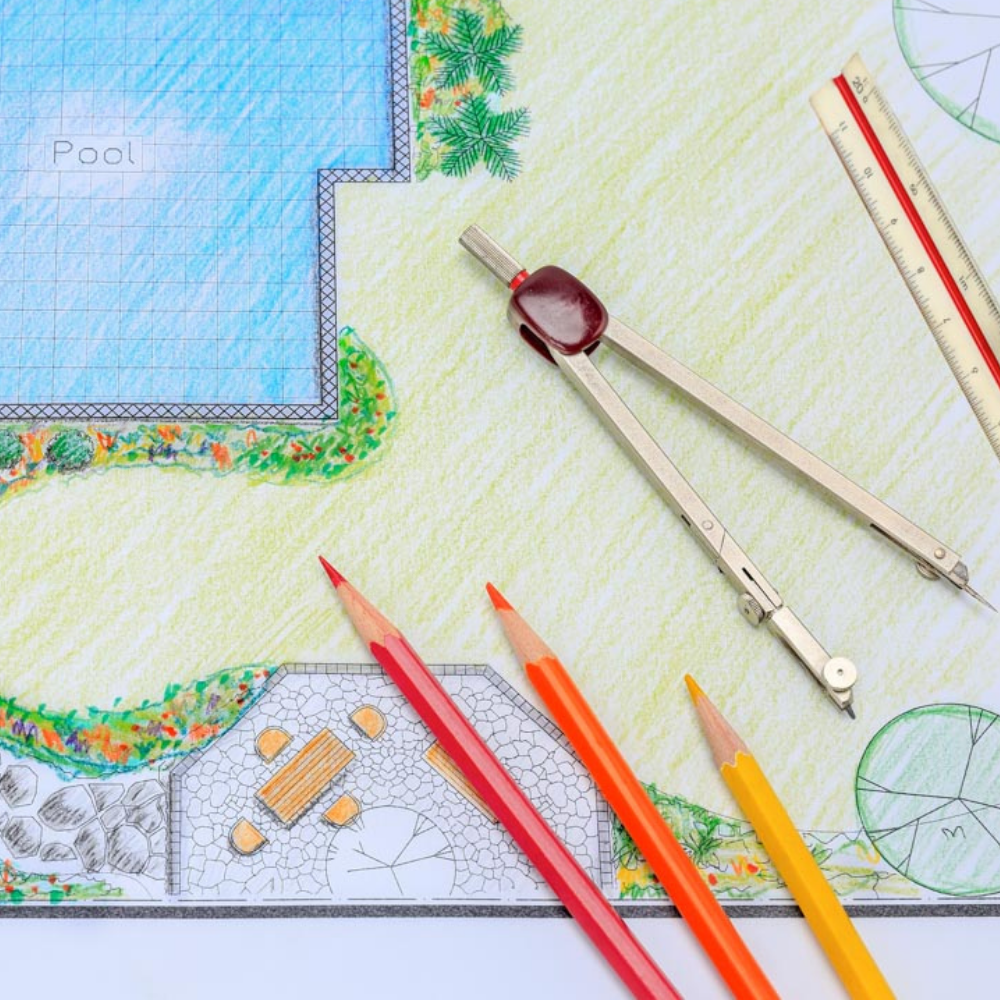design consultation services
- Expert advice and qualified technical support
- High quality, professionally designed irrigation plan
- Full quotation and recommendation of system components
- No-fuss returns & warranty resolutions

While there are elements of a bushfire you cannot control, like the weather, there is a wide range of planning and preparation activities that you can undertake which will dramatically increase the chances of you, your family and home surviving in the event of a bushfire.
Whilst bushfire season is incredibly unpredictable, there are preparations you can do around your home to protect it. You need to prepare well before hand as leaving it to the last minute is too late. September and October are the best months to start working on protecting your home and property from bushfire danger.
The bushfires in 2019 started up early September lasting all the way through to late January 2020. It was a constant state of emergency and due to the unprecedented wave, a lot of manufacturers and distributors of bushfire sprinklers, pumps and fittings ran out of stock. Don't leave it till it's too late.

A sprinkler system alone will not provide adequate fire safety measures for your home, but can greatly enhance your survivability if all other property preparations and precautions have been taken.
Sprinkler systems, also known as external water spray systems, will add considerable protection to a well prepared property.
A sprinkler system is used to cover the property with water and at the same time is designed to be utilised as a firefighting resource. Apart from sprinkler heads, hose outlets can also be incorporated into the system, if there is enough capacity on your pump. Hoses can then be attached using Camlock or Storz fittings and used to put out spot fires.
If there is a bushfire in your area and your property is well prepared it is important that you remain at home to turn on the sprinkler system and help our RFS members protect your property. External Sprinkler Systems
Independent Water Supply
Sprinkler Heads

Metal impact and butterfly sprinklers work well and are used predominantly in the fieldThe sprinkler heads should be located so its spray overlaps the next adjoining sprinkler. This helps to allow for wind and individual blockages.
Metal impact sprinklers should be placed on the ridge of the house. They can also be placed in the garden on the side of the house, which is likely to be impacted by the bush fire. Impact sprinklers cover about a 10 metre radius and use 20 litres per minute.
Metal butterfly sprinklers should be fixed to the eaves. They have about a 5 metre radius and use about 17 litres per minute. The butterfly heads should spray in front of the windows, doors and walls.
Water droplet size is important, as a fine mist can be blown away from the structure being protected.
As power is likely to be lost during bush fires do not use an electric pump (unless you have back up power such as a generator).
Locate the pump as close as possible to the water supply.
As a rule of thumb, use 40mm suction hose with suction strainer at the end to make sure your suction line remains free of debris.
Keep your pump out of the weather and protected from the fire as much as you can.
When searching for a fire pump, Dural Irrigation can advise you on the right pump for your needs.
When was the last time you serviced your fire pump? It is important to service your pump and run it at least twice a year to make sure everything is in working order. Dural Irrigation are happy to service your pump, just bring it instore and we'll make sure its in running order.
The pipe from the pump to the house should be more than 375mm below ground level and 50mm diameter polyethylene pipe is recommended. Use compression fittings for pipe and pump connections.
Due to radiant heat all above ground piping should be copper, however poly pipe can be used.
Consider fitting ball valves in order to redirect the water flow where it is needed at any one time. Using ball valves can also give you points at which you can connect a hose to fight spot fires.

Gutters fill up with leaves and debris overtime, embers from a fire can travel long distances and if they land in your chocked up gutters of leaves they will feed the fire and your roof can become alight in seconds. Your gutters should be cleaned at least once a year whether you are in a bushfire prone area or not. The best time to do this is late winter or early Spring when nearby trees have finished dropping their leaves.
Blocking downpipes and filling your gutters with water will help extinguish embers that land on the roof. Blocking downpipes can be achieved using simple homemade devices or Dural Irrigation stocks the Rain Harvesting Fire Plug™ which comes in kit form and are easily fitted to PVC downpipes, they can withstand exceptionally high heat and flame when filled with water. They can also be used throughout the year to redirect rainwater to the swimming pool, pond or garden.
Fitted into downpipes around the home at waist height, Fire Plugs™ are easily converted to block off the downpipe.
No ladder climbing! Simply connect the hose to the water supply and turn on to fill roof gutters and prevent wind blown embers igniting leaves or debris in the roof gutters.
Check out our full collection of Fire Equipment

Comments 0